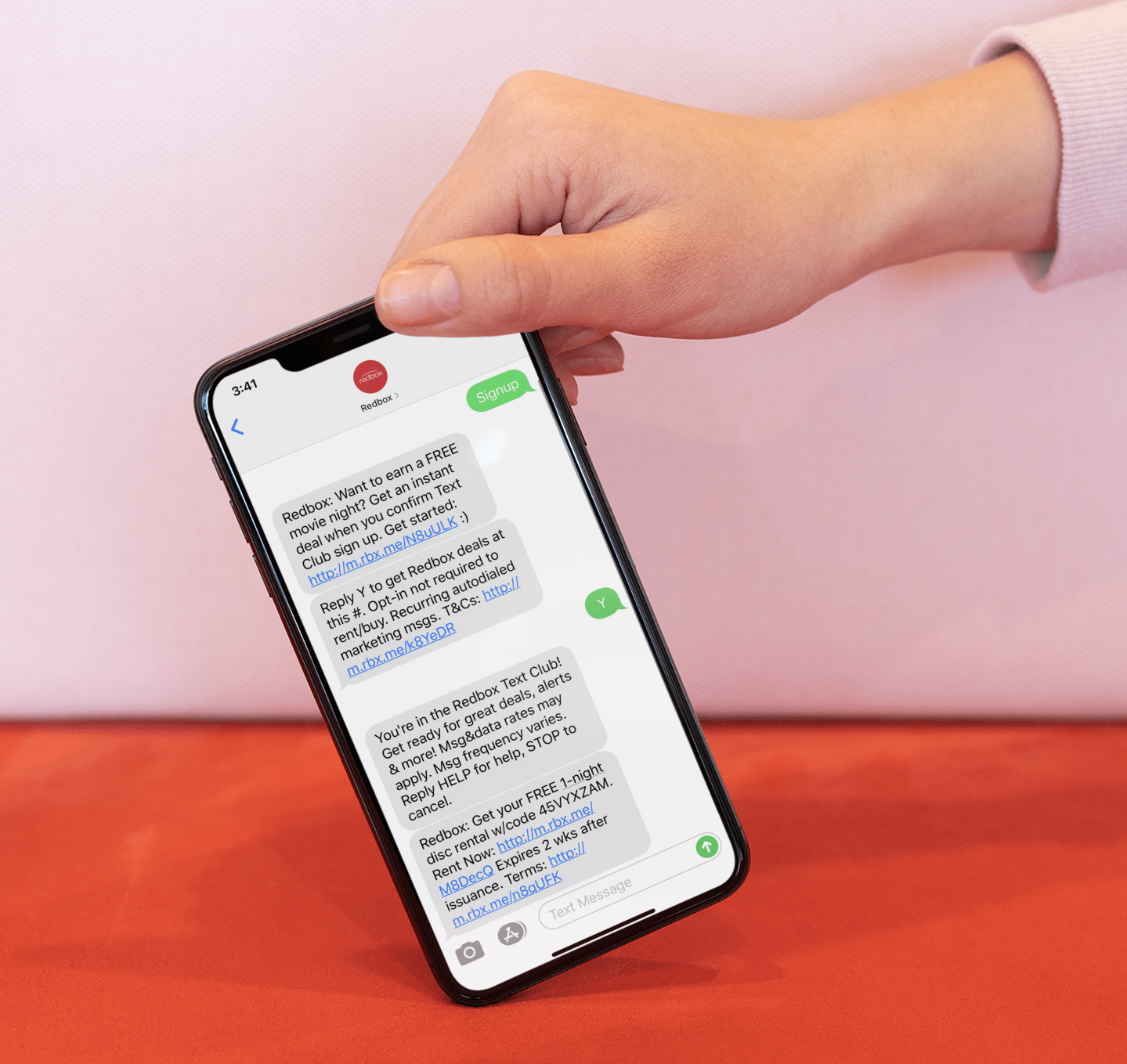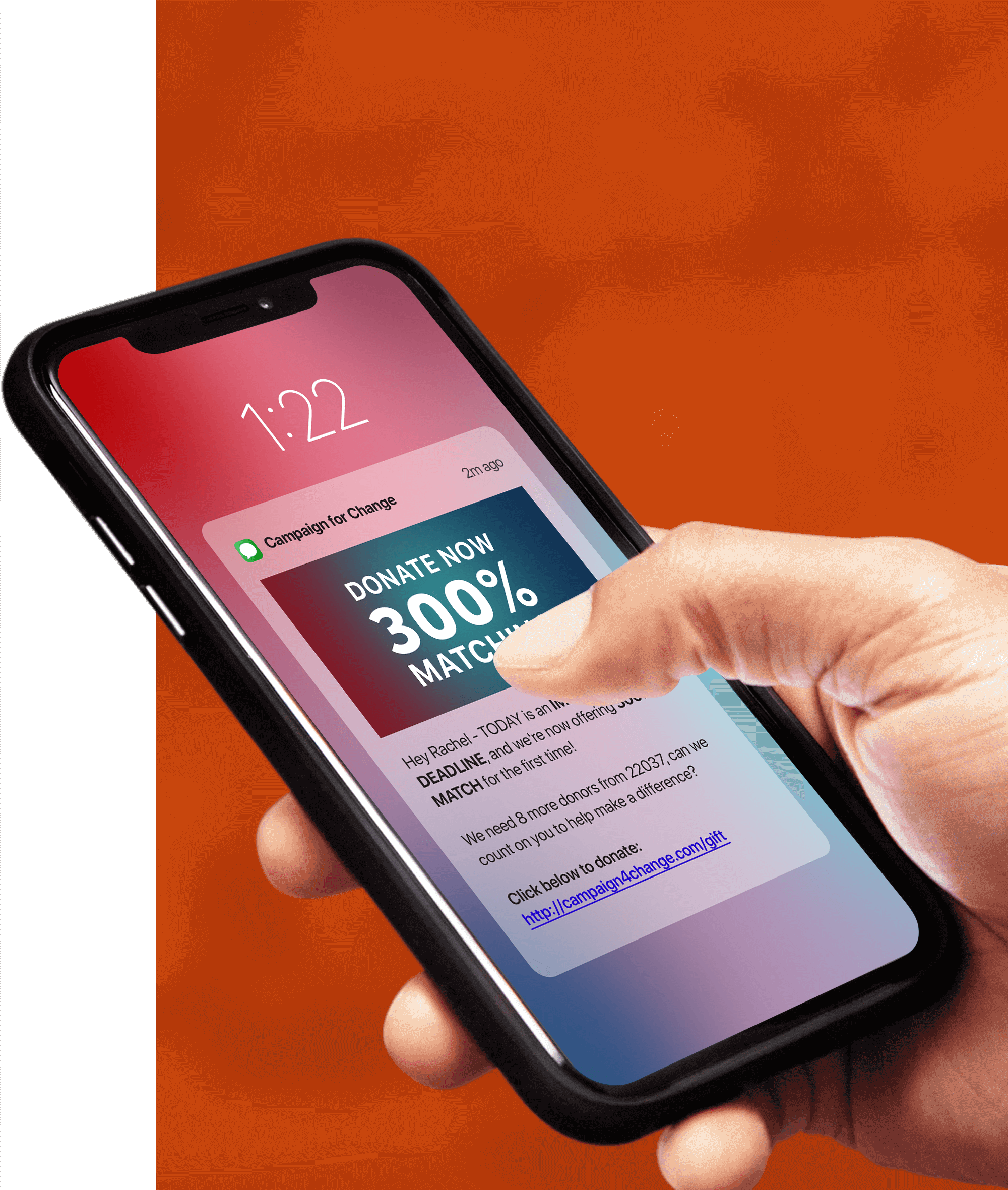6,444 Views
In the video above, Tatango CEO Derek Johnson outlines what information needs to be included in an opt-in text message confirmation. Prefer to read instead? No problem, please see the post below. You can also find answers to all of your SMS marketing questions in our Q&A video library; click here to browse.
What Is an Opt-in Text Message Confirmation?
Before we jump into all of the rules and regulations, let’s define what an opt-in text message confirmation is. An opt-in text message confirmation is the text message that a consumer receives when the opt-in process for an SMS marketing campaign is complete, like the one pictured below. It is a way for the brand to essentially thank the consumer for volunteering to receive SMS notifications from them. But, it’s not that simple, as there are several important items that must be included.

What Is Required in an Opt-in Text Message Confirmation?
There two sides that dictate what needs to be included within the opt-in text message confirmation. The first is from the CTIA (Cellular Telecommunications Industry Association) and the wireless carriers. The second side is the TCPA (Telephone Consumer Protection Act), which legally protects consumers from receiving text messages that they did not consent to.
There are several requirements that overlap from the wireless carrier’s side and the legal side. All of the requirements are listed below:
The CTIA and Wireless Carrier Text Message Opt-In Requirements
- The brand’s name. You have to disclose to the consumer the owner of the short code that they are receiving the text message from. For example, if the brand Pizza Hut was sending the text message, then Pizza Hut would need to include their name somewhere in the message.
- The opt-out information. The text message needs to clearly outline what a consumer needs to do in order to stop or opt-out of receiving future text messages. Usually, text message simply says to respond with the word “Stop”.
- Customer care contact information. The text message must provide a channel for the consumer to communicate with the brand if they have issues or questions. The channel can either be a phone number or an email address. You often see brands using a HELP disclosure.
- A recurring message disclosure. The text message needs to make it very evident that the consumer has agreed to receive future text messages or recurring text messages from that brand. This is an important item that many brands forget to disclose. But, the CTIA is very specific that the consumer must be aware that they will be receiving future text messages from a brand.
- The messaging data rates. The message must disclose that the consumer’s messaging data rates may apply to the SMS messages that they will be receiving.
The items mentioned above are the requirements of the CTIA. These requirements are not the law, but they’re what the carriers and the CTIA require to operate on their networks. Failure to comply may result in your short code getting shut down or audited.
The TCPA Text Message Opt-In Requirements
- A recurring auto-dialed disclosure. Brands are legally required to disclose to the consumer that they will be receiving recurring auto-dialed text messages. This requirement does somewhat overlap with the CTIA’s requirement, but this verbiage needs to be exactly as the TCPA dictates.
- Consent was not a condition of purchase. This is an important piece of the opt-in process as it verifies and notifies that the consumer gave consent to receive messages, and it was not because the consumer provided their phone number when making a purchase.
The items above are legally required. Failure to comply with any of these requirements allows consumers to sue your brand, as they are legally protected by the TCPA.
There is one other item, it is not required by either of the parties mentioned above, but is highly recommended. It is a best practice to include the terms and conditions of the mobile marketing campaign. Adding a hyperlink to the terms and conditions can include an arbitration clause and additional information that may not fit because you are only allowed 160 characters per message. This also helps your business protect itself from frivolous lawsuits and TCPA complaints.
Opt-in text message confirmations are your foot in the door to communicate with your customers, so they’re super important to get right. If you have questions regarding the composition of your brand’s message we would love to help. Tatango has helped many brands start their SMS marketing journey. Click here to chat with an expert.
